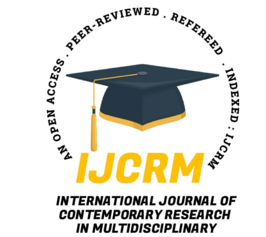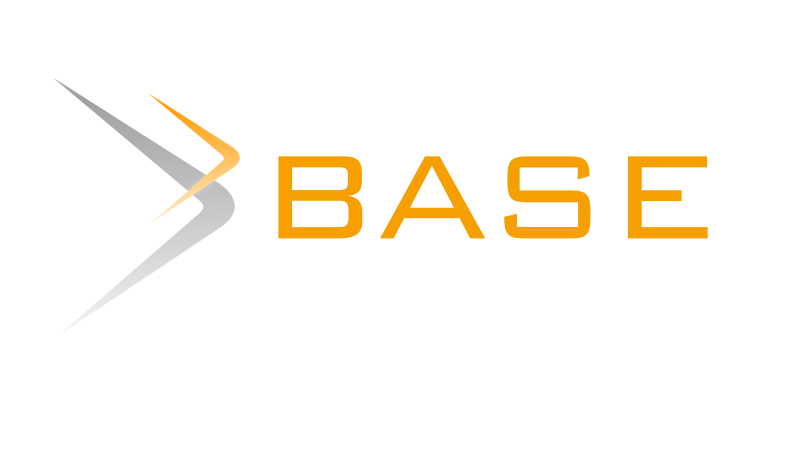International Journal of Contemporary Research In Multidisciplinary, 2023;2(4):50-62
Geophysical methods of investigating the seafloor for the emplacement and monitoring of subsea facilities offshore Niger Delta (Nigeria)
Author Name: Hope C. Chuku, Charles U. Ugwueze
Abstract
Different geophysical exploration methods were used to geologically map seafloor sedimentary structures. Recent technological advances brought the objective of complete area mapping to the minds of marine province researchers. The research included several profiles run on parallel and cross tracks with 75–100 m overlap using side scan sonar, a multibeam and single beam echo sounder, a magnetometer, a differential global positioning system, a gyrocompass, a motion reference unit, and a sub-bottom profiler onboard a mobile vessel. The main purpose of this digital image processing was to focus on the specific characteristics in the sonar imagery and identify existing subsea installations and geohazards offshore that could impede sea-going vessels, drilling rigs approaches, and the emplacement of subsea facilities. In a second step, the profiles were used to decipher the sedimentological characteristics of the sea floor of the study area shown in mosaics. The average water depth ranged from 43 m to 42 m, dipping south. Pipelines, jackets, and debris were identified. The seafloor was relatively clear and free from any obstructions or hazards that may hinder any offshore oil and gas field development
Keywords
Remote Sensing, Sedimentary processes, Geoacoustic Sensors, Bathymetry





